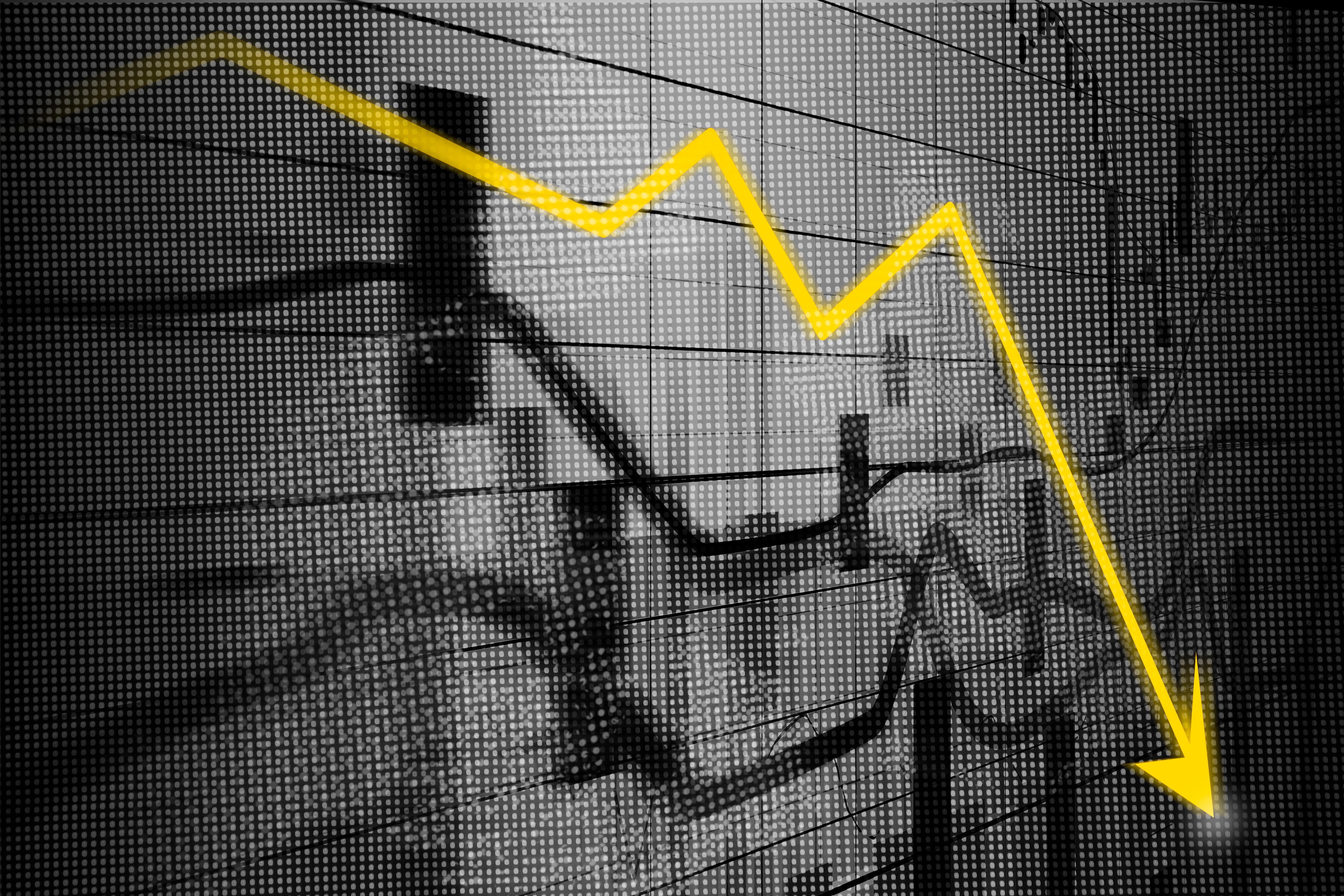The yield on the 10-year US Treasury bond recently dipped below the two-year yield, but is it cause for concern?

The yield on the 10-year US Treasury bond recently dipped below the two-year yield, but is it cause for concern?

“Not on its own; the length of time and amount of inversion matter. The curve is no longer inverted, as the Fed was successful at steepening the curve by lowering short-term interest rates. Other signals must coincide, such as a consecutive decline in retail sales. Today’s service economy can adapt better during recessions, as there is less impact from inventory build-up.
It is inevitable that the economy will slow down eventually, as we are in the late stages of the long-term debt cycle. A smart portfolio is positioned to withstand the de-leveraging shock that often occurs during recessionary periods.”

“Since 1950, an inversion of the yield curve has preceded every US recession; however, I believe the US will avoid a recession this time. That said, the principal reason the US will avoid a recession is a largely coordinated effort among the Federal Reserve, politicians and the government to do anything in their power to avoid one – and a bear market.
I suspect we’ll see continued manipulation using fiscal and monetary manoeuvres, potentially including tax cuts, government spending, interest rate cuts and quantitative easing. It’s anyone’s guess how this science experiment will end, but I doubt it will follow historical signals.”

“Inverted yield curves tend to forecast future recessions. There have been eight US yield curve inversions and seven US recessions since 1966; an inverted yield curve forecasted six of those recessions within six quarters. The 1966 inversion was not followed by a recession within six quarters.
What should you do with this information? Nothing. In their July 2019 paper, ‘Inverted Yield Curves and Expected Stock Returns,’ Eugene Fama and Kenneth French found no evidence that yield curve inversions can be used as a market timing tool, concluding, ‘We find no evidence that yield curve inversions can help investors avoid poor stock returns.’”



